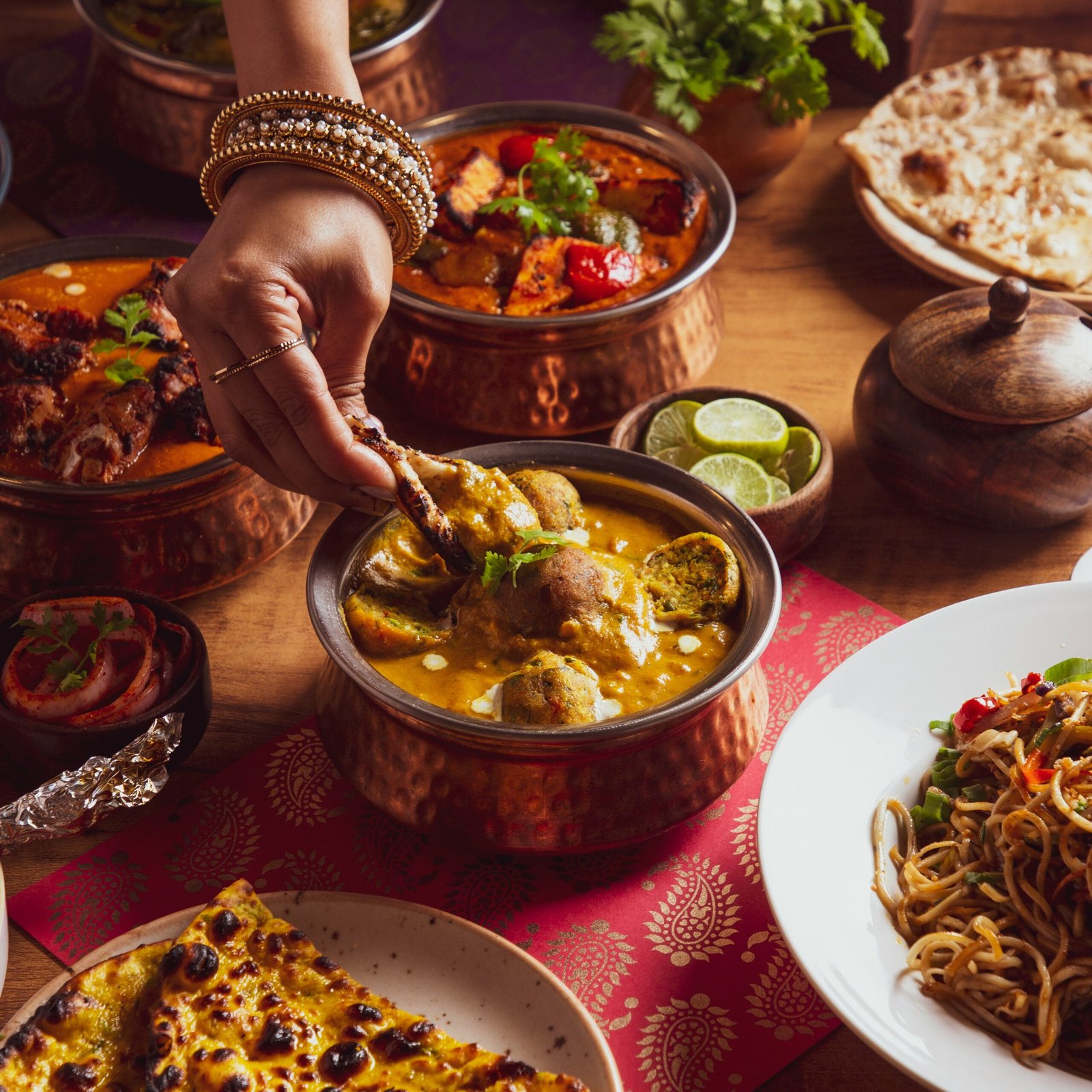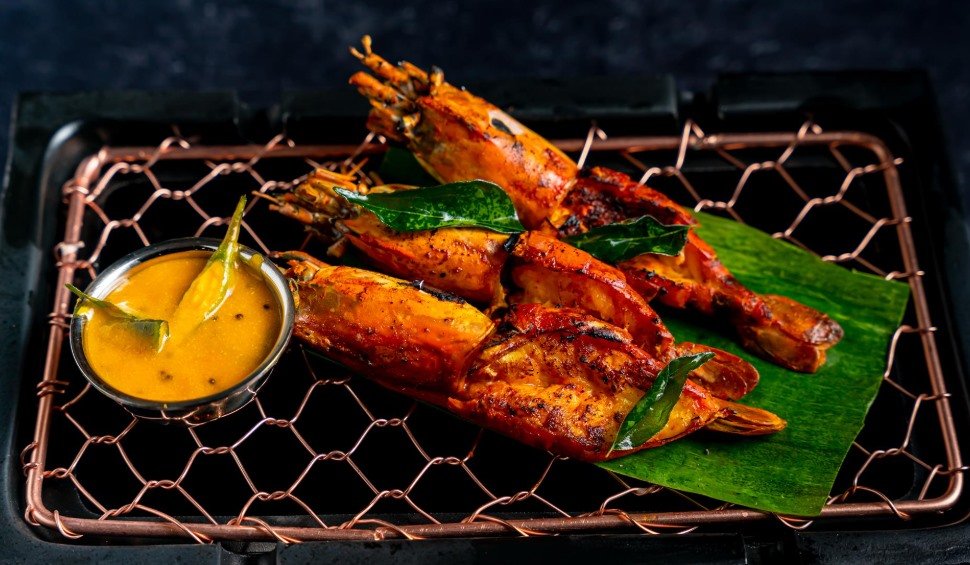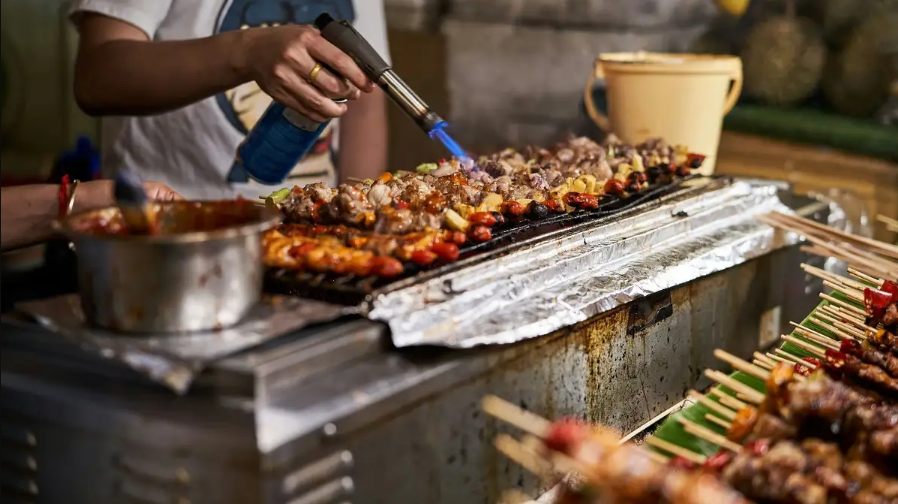
Food is more than just what people eat every day. It is a part of life that shows history, tradition, and the values of a community. Every culture has its own unique dishes, and each one carries meaning beyond flavor. When people travel or share meals from different countries, they are not only tasting new ingredients but also learning about the people who created them. This is why food plays such a strong role in telling the story of every culture.
The Connection Between Food and Identity
Food is closely linked to identity. The way a community grows, cooks, and eats its food reflects who they are. In many places, traditional meals are passed down through generations. Recipes are often connected to family, festivals, and important events. By looking at the ingredients used and the way dishes are prepared, we can see the values of that culture. For example, countries that rely on farming often include rice, wheat, or maize in their meals, while coastal regions feature seafood as a main part of their diet. These choices are not random but connected to geography, history, and lifestyle.
Food as a Record of History
History is often recorded in books, but it can also be found in the kitchen. Food tells the story of every culture by showing the impact of trade, migration, and even struggles. Spices in Asian dishes reflect trade routes that were active for centuries. The presence of potatoes and tomatoes in European cuisine shows how foods traveled after the discovery of the Americas. In Africa, the mix of native crops and introduced plants such as cassava and maize shows how food history is tied to global movements. Every dish we eat today is a result of centuries of change and exchange.
Traditions and Festivals
One of the strongest ways food tells the story of every culture is through traditions and festivals. Special dishes are often prepared during religious celebrations, national holidays, or family gatherings. These meals carry meaning because they bring people together and remind them of their shared heritage. In India, sweets are made for Diwali, while in Mexico, tamales are common during Christmas. In Muslim cultures, dishes like biryani or kebabs are often prepared during Eid. Each of these foods is more than just a meal; it is a sign of respect for customs and history.
Regional Differences and Local Identity
Food is not only a reflection of a nation but also of smaller communities. Within one country, different regions often have their own specialties. Italy is known for pasta and pizza, but the flavors and cooking styles change from the north to the south. In China, the spicy food of Sichuan is very different from the lighter flavors of Cantonese cuisine. These differences show how geography, weather, and resources shape local identity. Food tells the story of every culture at both a national and regional level, making it a powerful way to understand diversity within one country.
Food and Social Connection
Sharing food has always been an important way for people to connect. In many cultures, meals are eaten together, and hospitality is shown by offering food to guests. This tradition explains how societies value relationships and respect. For example, in Middle Eastern cultures, guests are often welcomed with tea and sweets. In Japan, the careful preparation of sushi shows the value placed on detail and respect for the guest. These customs highlight how food represents social rules and values that are central to cultural life.
The Role of Religion in Food
Religion also plays a strong role in shaping food traditions. Food tells the story of every culture through rules about what can or cannot be eaten. For example, in Islam and Judaism, there are dietary laws such as halal and kosher. In Hinduism, many people avoid meat and follow vegetarian diets. These practices are not just about health but are deeply tied to beliefs and faith. Through food, we can see how religion influences the daily lives of people and their culture.
Global Influence and Modern Change
Today, food continues to tell stories as cultures mix and influence each other. Migration has brought traditional dishes to new countries, and now people around the world can enjoy flavors once limited to specific regions. For example, sushi is eaten worldwide, pizza is enjoyed in every corner of the globe, and Middle Eastern dishes like hummus have become common in many countries. While this global spread shows unity, it also highlights how traditions adapt over time. Even as food becomes international, its roots still tell the story of the culture it came from.
Why Understanding Food Matters
Learning about food is one of the easiest ways to understand culture. Tasting traditional dishes gives people a chance to connect with history and values without needing words. Food tells the story of every culture by giving us a direct experience of another way of life. For travelers, food is often the first step in discovering a new place. For people at home, cooking international meals can be a way to explore the world without leaving the kitchen.
Conclusion
Food is more than just nourishment. It is history, tradition, identity, and community all on a plate. From special festival meals to everyday street foods, each dish carries meaning that explains where it comes from. How food tells the story of every culture is clear when we look closely at the ingredients, preparation, and traditions behind it. For anyone interested in learning about people and their way of life, food is one of the most important and enjoyable ways to begin that journey.


